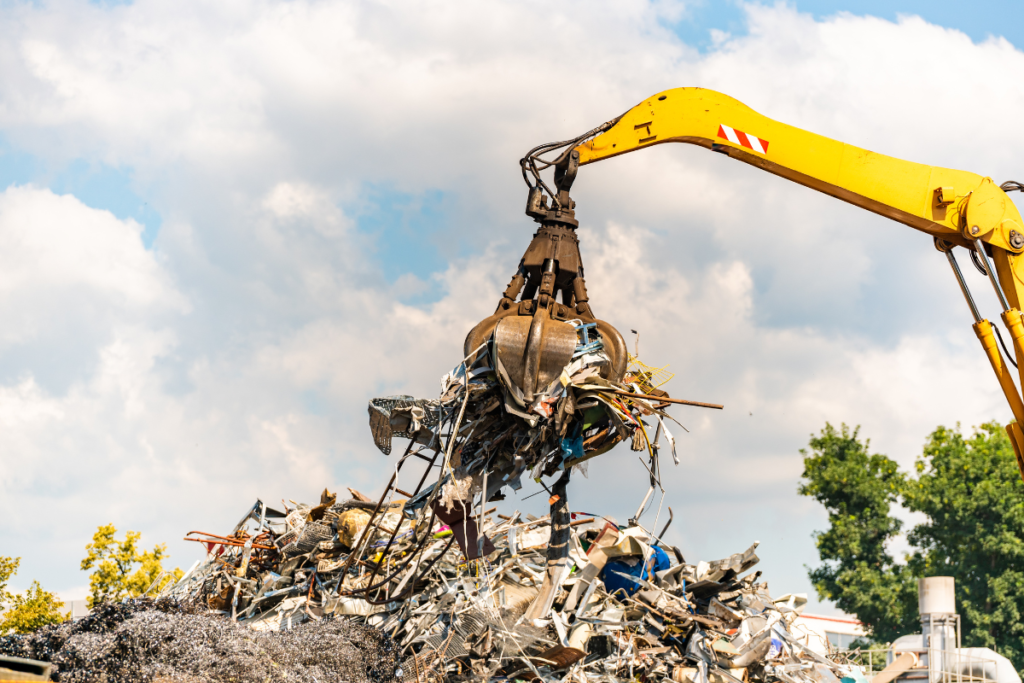Determining the Scrap Value of Your Old Forklift

Like any piece of machinery or equipment, when forklifts age their value depreciates. In some cases, they may eventually become too expensive to maintain or repair.
If this sounds familiar, you may be considering what to do. Scrapping your old forklift is a fantastic option for those looking to retain some of their initial investment.
However, it is not always straightforward. There are a number of factors which drive, or minimise, the scrap price, which you should closely consider before you make a decision.
As a leading forklift supplier, we at Trucks Direct UK have had ample experience with the scrap market. So today we are going to share some tips on determining the value of your scrap truck. We hope by doing so, you can make more informed, and potentially profitable, decisions.
Factors Affecting Scrap Value:
Age: As we have highlighted in other articles, forklifts, generally speaking, begin to lose performance capabilities after 10,000 operator hours. The scrap value will decrease incrementally after this figure.
Model and Brand: Popular and well-maintained models from a reputable brand will always fetch a higher price. Why? Because parts can be extracted and sold.
Condition: A forklift in great condition, in comparison to one that is falling apart, will always be more valuable.
Components: Does your scrap truck have all critical components (engine, gearbox)? If not, it may impact the value.
Obtaining a Scrap Quote:
There are several ways to obtain a scrap quote for your old forklift:
Contact Local Scrap Yards: Provide them with the forklift’s make, model, age and condition to get an accurate estimate.
Online Scrap Yards: There are several reputable online dealers, including the likes of West Midlands Metals. Enter the forklift’s details and they will provide a scrap price based on their current market value.
Auctions: This may require some patience and effort, but auctioning off your old truck could prove more profitable if it is in good condition.
Advantages of Disposing of Old Forklifts Through Scrapyards:
If you have never considered disposing of your old vehicle through a scrapyard, there are a lot of benefits. Not only do you stand to gain a lot, but it helps to support the local economy and businesses that may be struggling against larger national suppliers.
- Environmentally Friendly
- Cost-Effective Disposal
- Professional Handling
Tips for Maximising Scrap Value:
- Prepare the Forklift: Clean the forklift and remove any unnecessary attachments or debris to make it more appealing to scrap buyers.
- Document the Forklift: Having accurate and up to date documentation for the truck will reassure any buyers and increase the likelihood of a sale.
- Research Current Scrap Prices: Stay updated on current scrap metal prices to ensure you are getting the best possible value for your forklift.
- Consider Alternative Disposal Methods: If you have mechanical experience, you may wish to dismantle the forklift and sell the parts yourself.
- Choose Reputable Scrap Yards: Research and select reputable scrap yards with good customer reviews and a commitment to fair pricing.
Disposal of old forklifts is an important aspect of responsible business practices. By properly recycling or selling your old forklift, you can contribute to a sustainable environment, save money and ensure the proper handling of hazardous materials.
